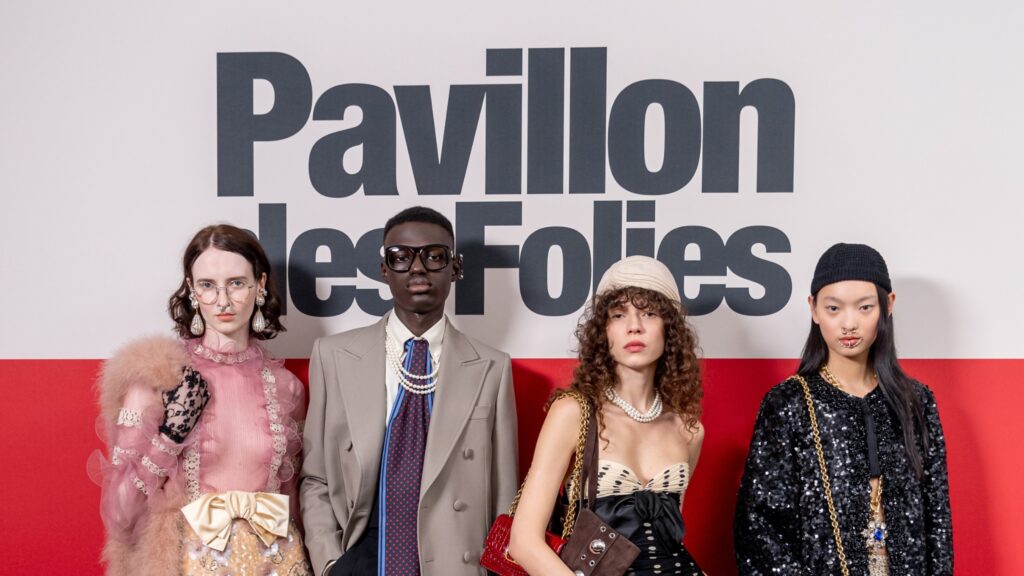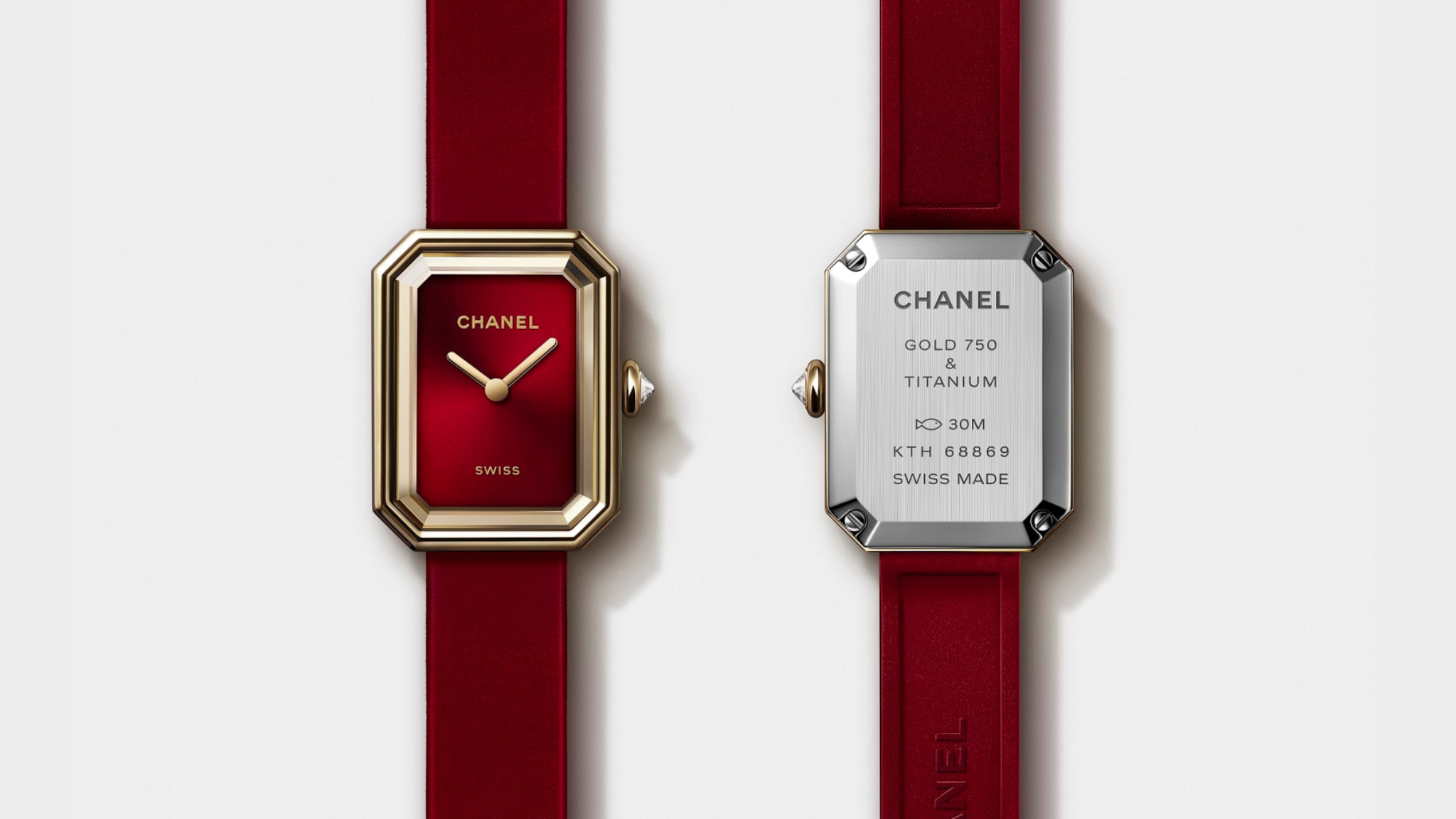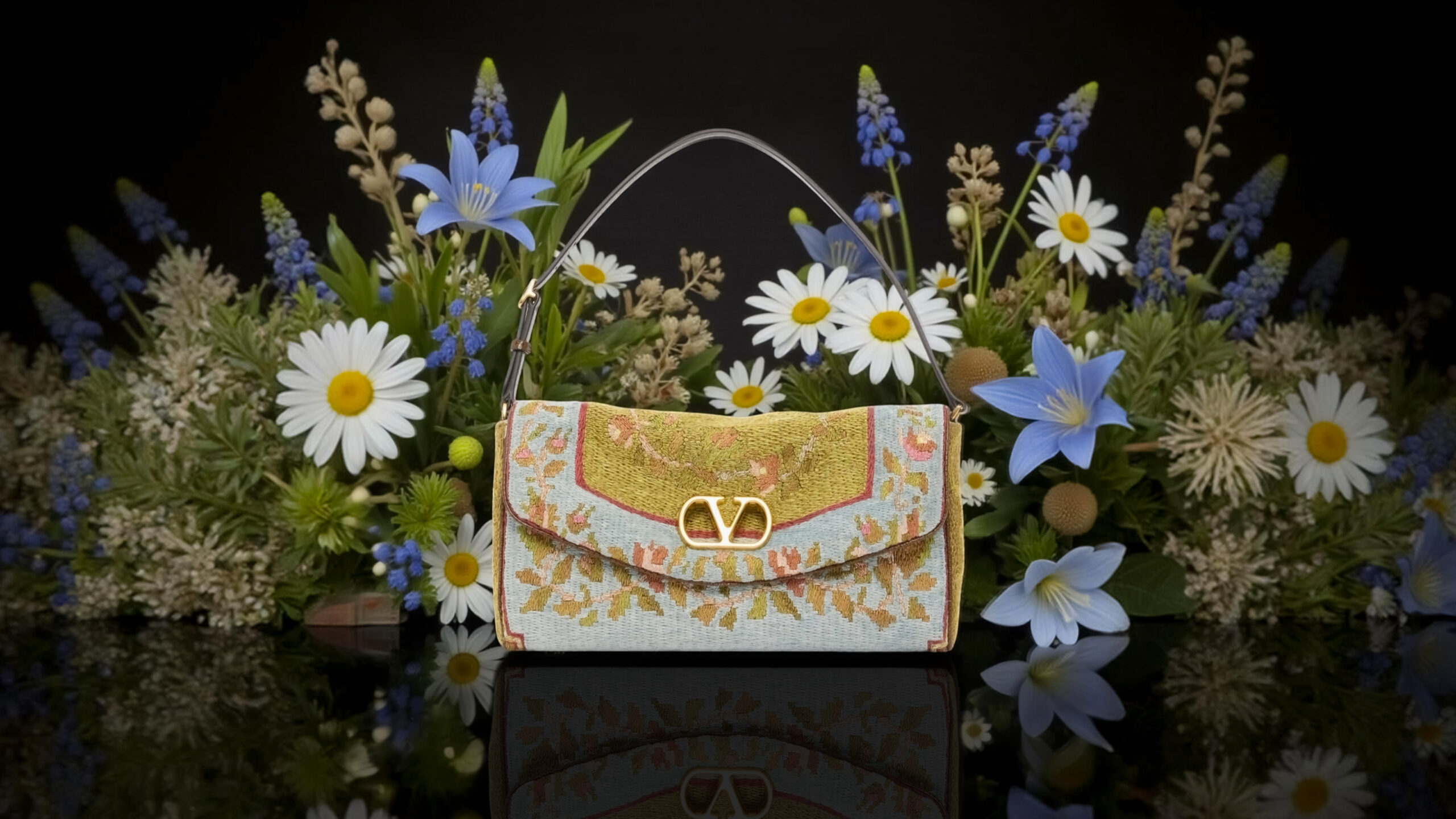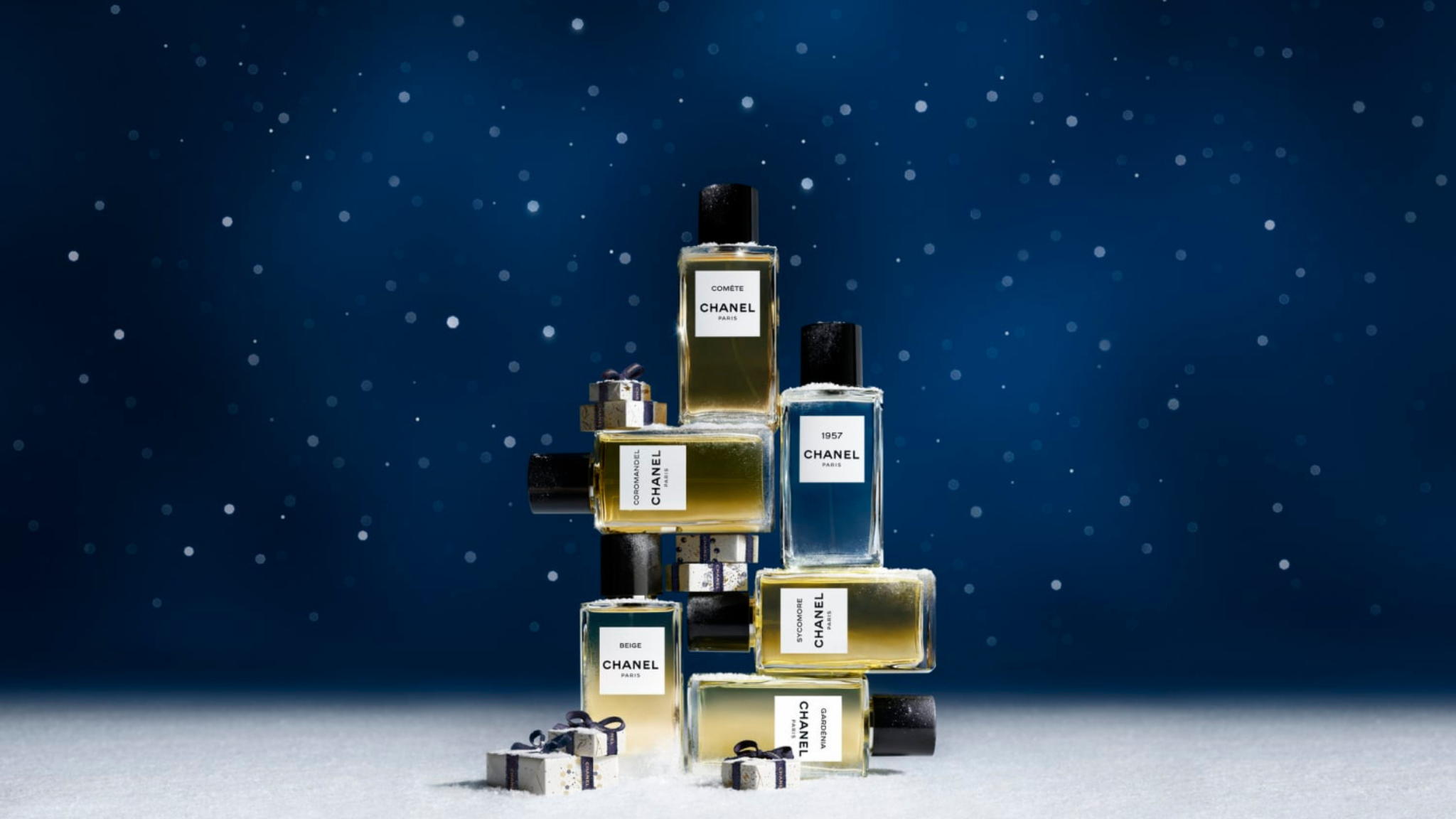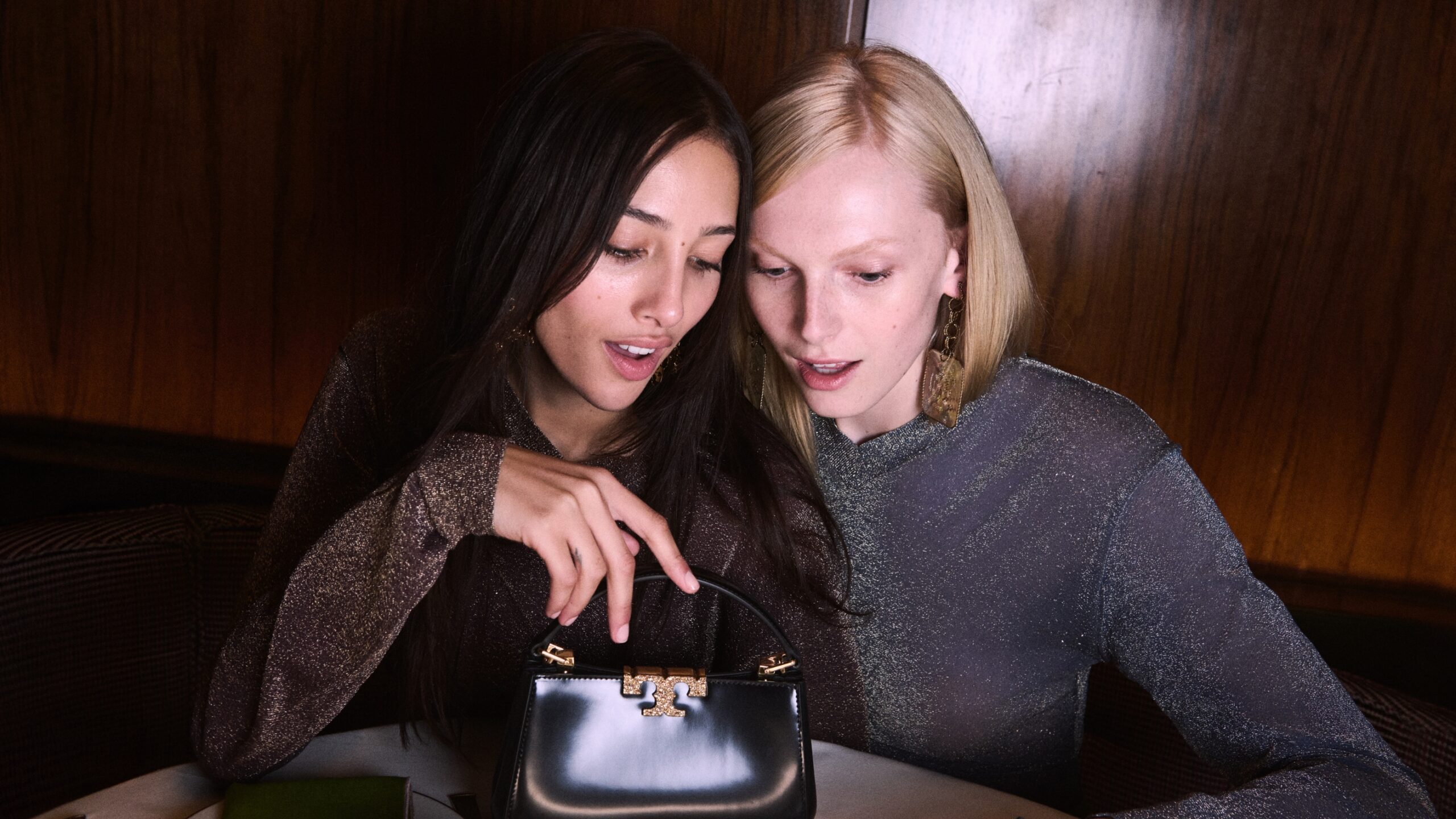We are fragile creatures, constantly exposed to the sense of limit. We tiptoe on mirrors that shatter under our weight. As we walk, no step comes without the risk of stumbling and falling. As we breathe, no breath comes without a shadow of vulnerability. We move, unstable, inside a transient horizon with no escape path. It’s this precise condition, though, that introduces us to the true meaning of our temporal dimension. What sense would our terrestrial transit have if it were not determined by time, but were infinite?

So, the limited length of existence «contributes to giving it meaning, instead of taking it away» (V. E. Frankl). As immersed as we are in the illogical infinity of the becoming, we innately feel the urge to give a meaning to this tumultuous world and go through the mystery of life in search of something that can give it value and consistency.
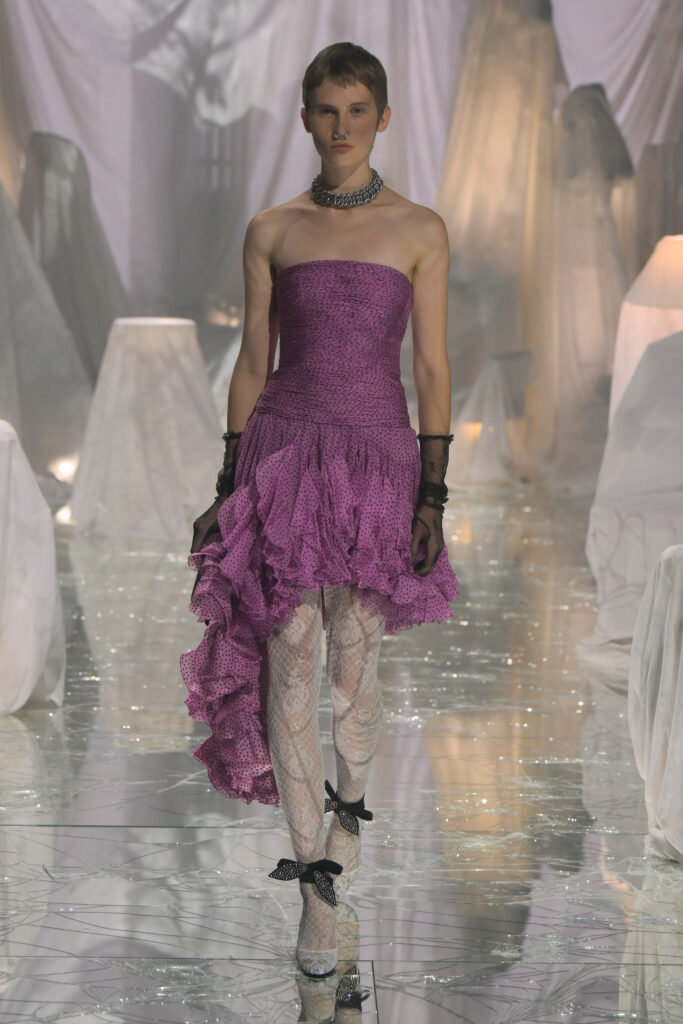
In this perspective, beauty can represent a remedy for the anguish that arises from the ephemeral and undetermined nature of our destiny. An anchor to navigate within that «pavillon des folies» we call life. Anything but fleeting and inconsistent, beauty is in fact a producer of comfort that can cherish us in a hug that preserves the warmth of bodies. Its purpose is healing: beauty lulls fragility and cicatrizes the disorder of the real.

What is beauty anyway? As Théophile Gautier said: «the truly beautiful is that which serves no purpose», because it’s not liable to any logic of need. Beauty, though, is seemingly purposeless. I think about the dazzling colors of the flowers. Those ravishing tints are the reasons that move one of the most precious and delicate work we know: pollination. Bees fulfill their extraordinary task of geneticists of the planet relying on taste and aesthetic rationality. They wind their way through a mazy path of colorful shapes fed with a spasmodic search for beauty.
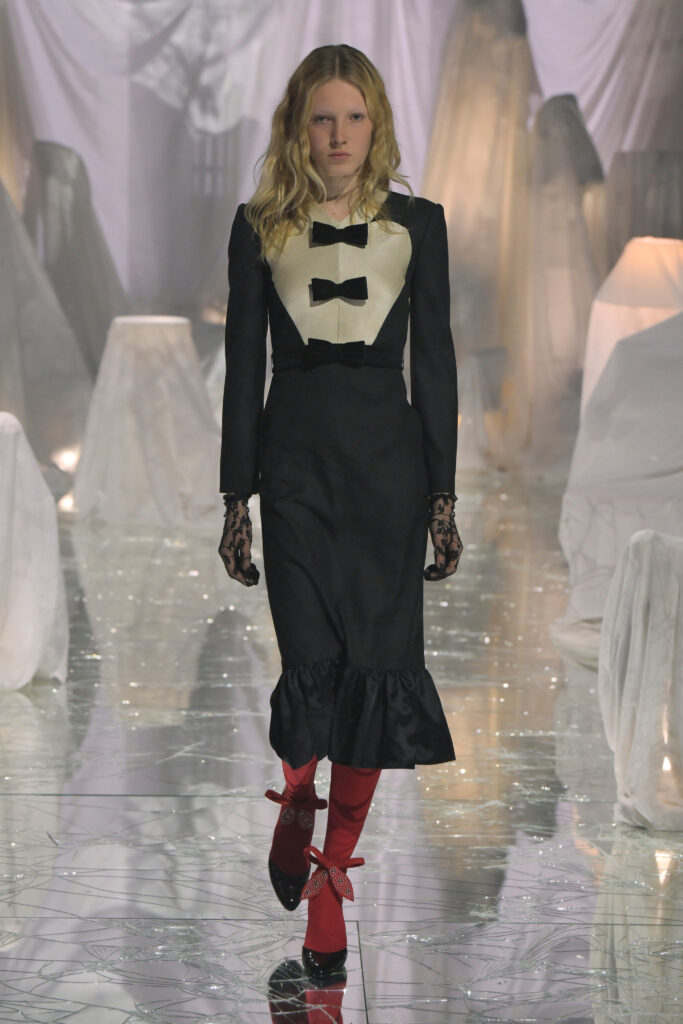
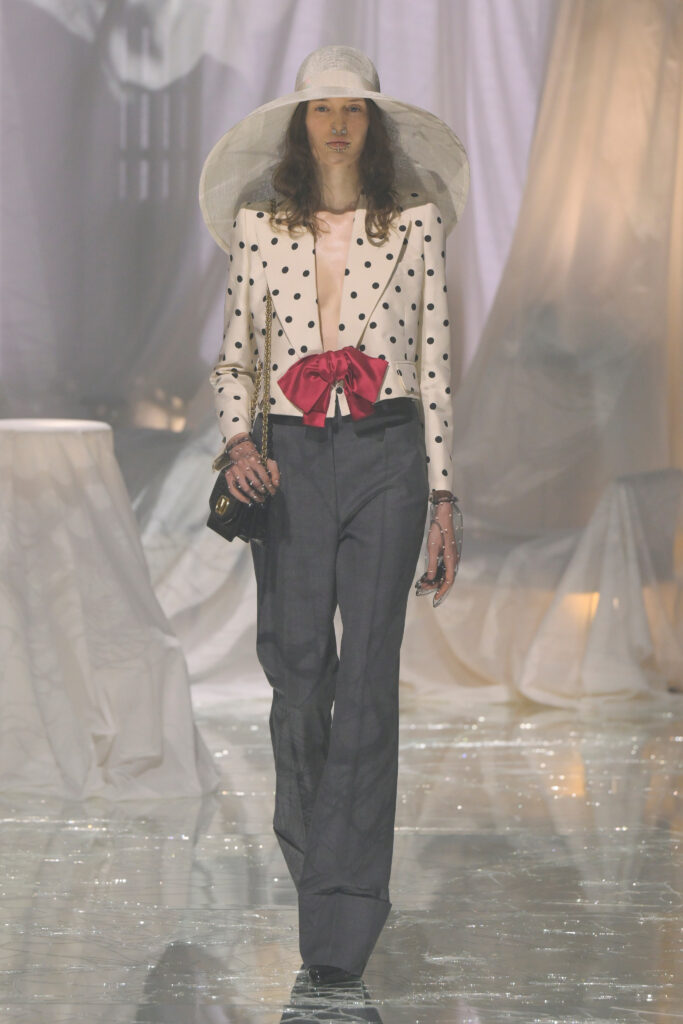
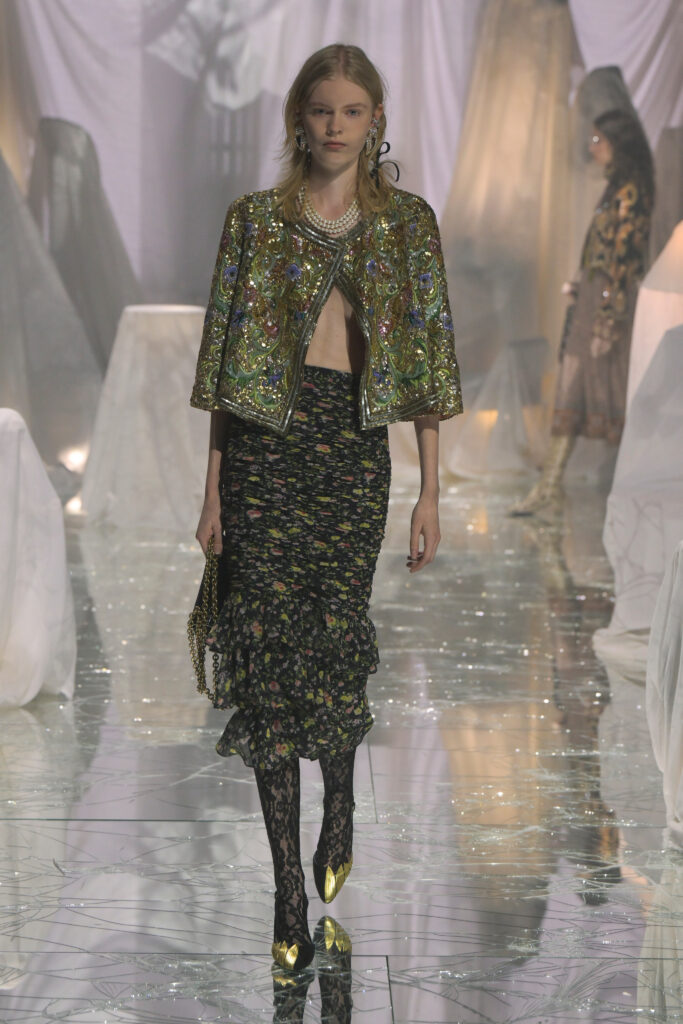
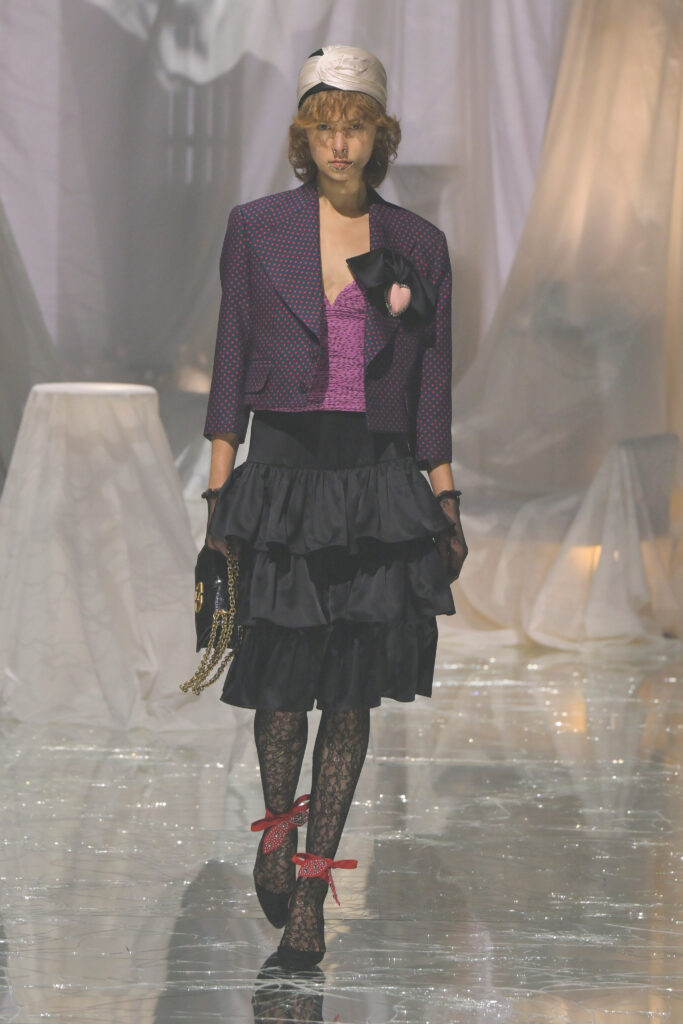

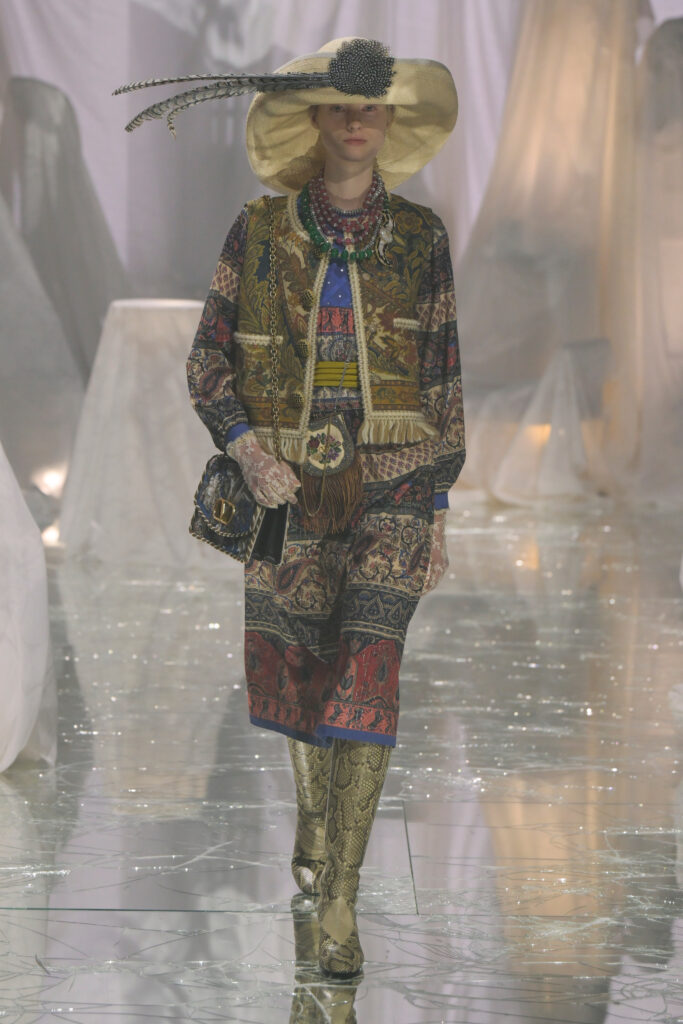
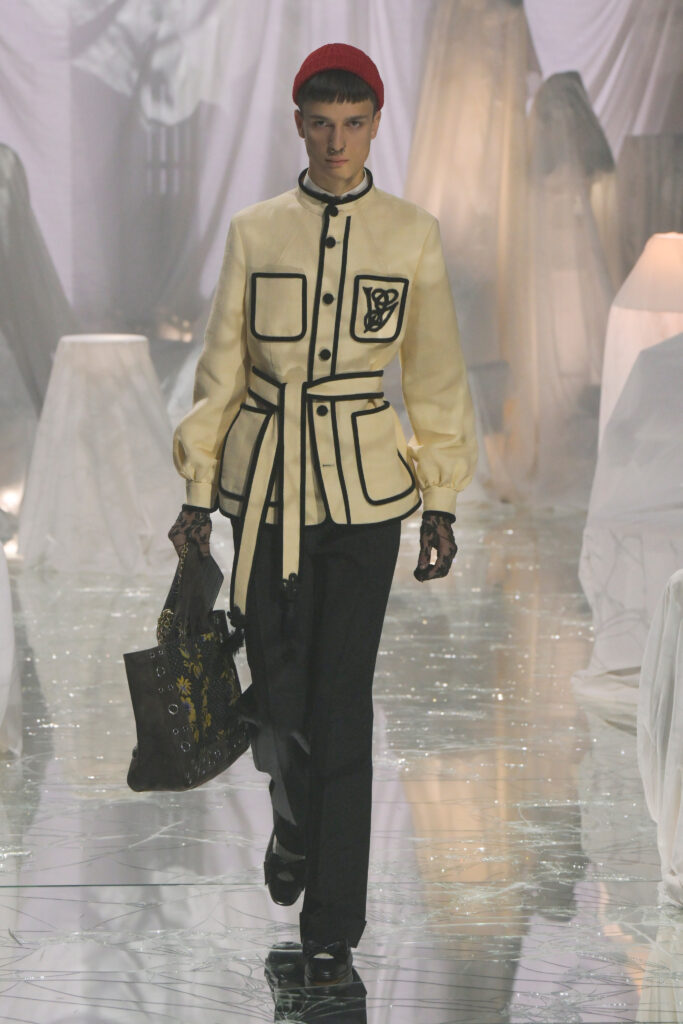
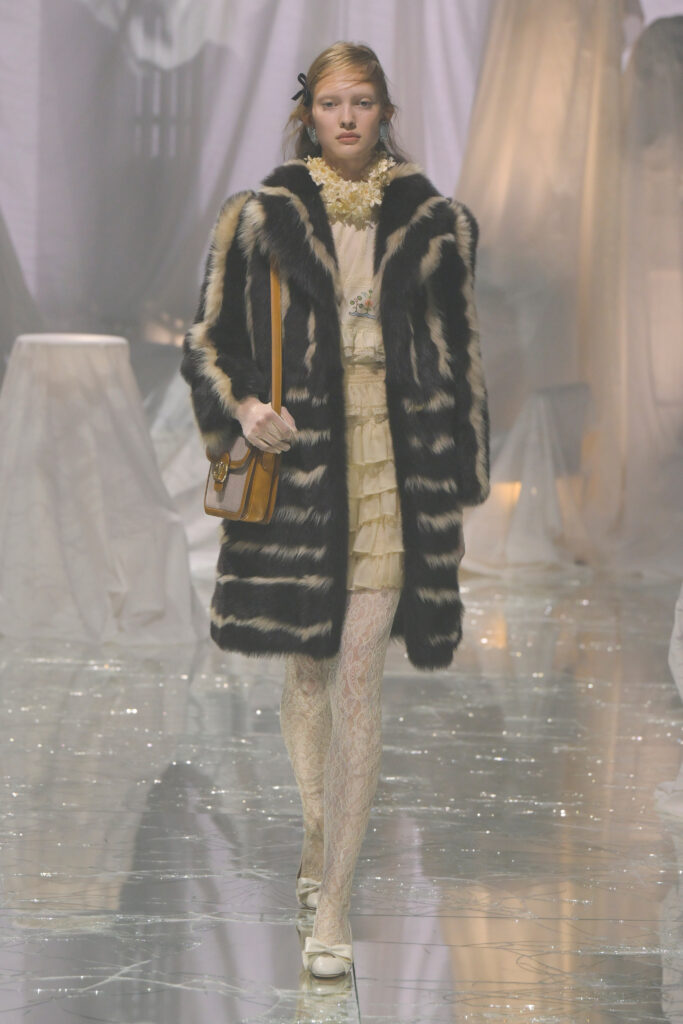
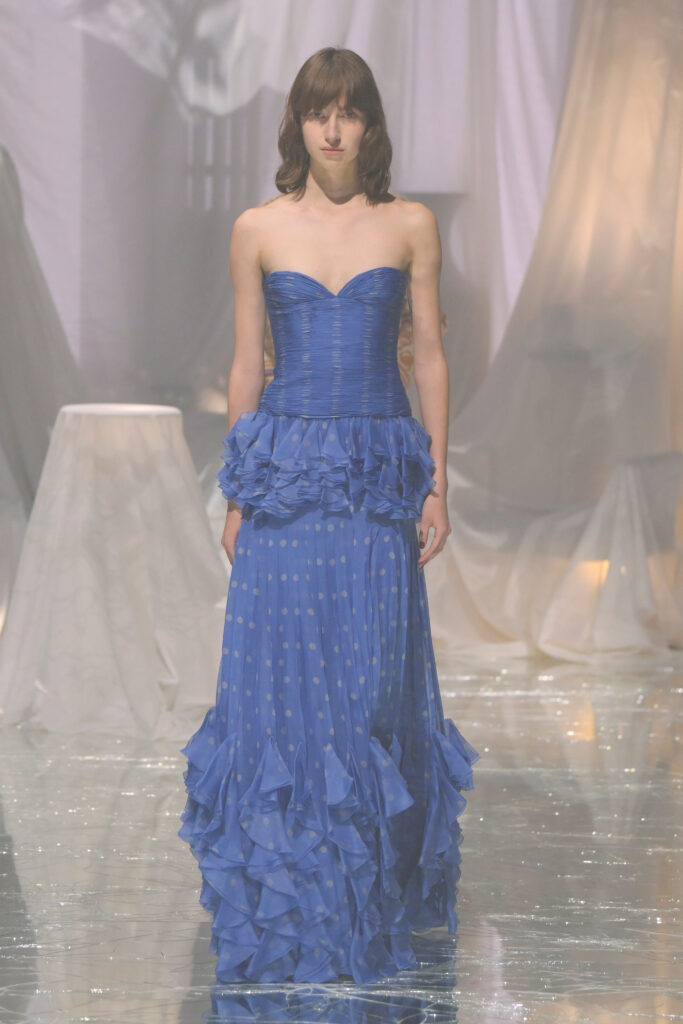
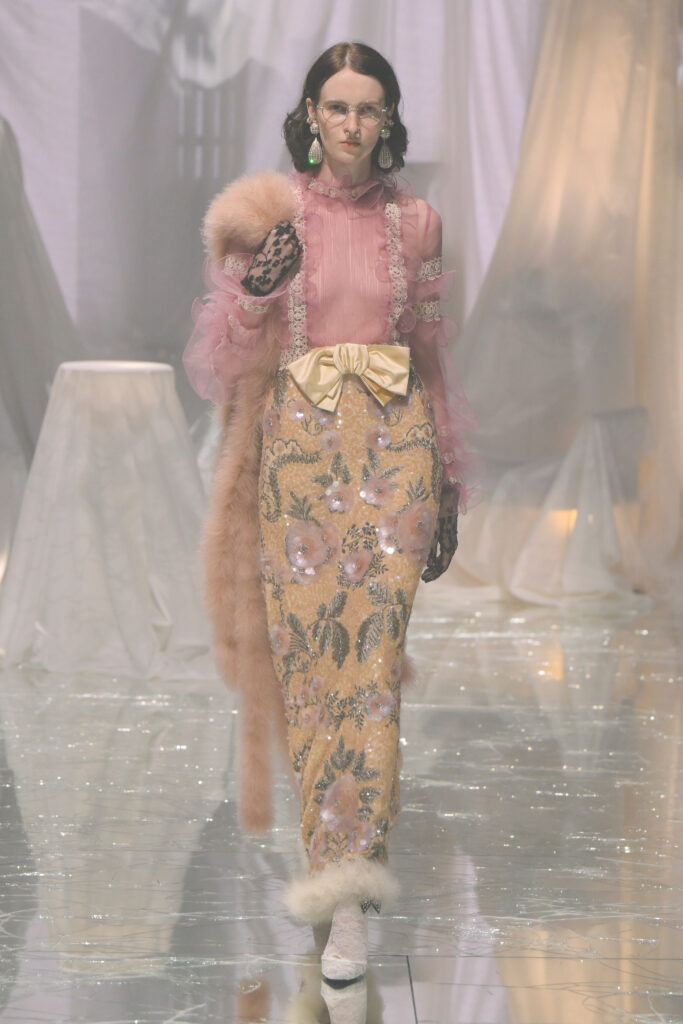
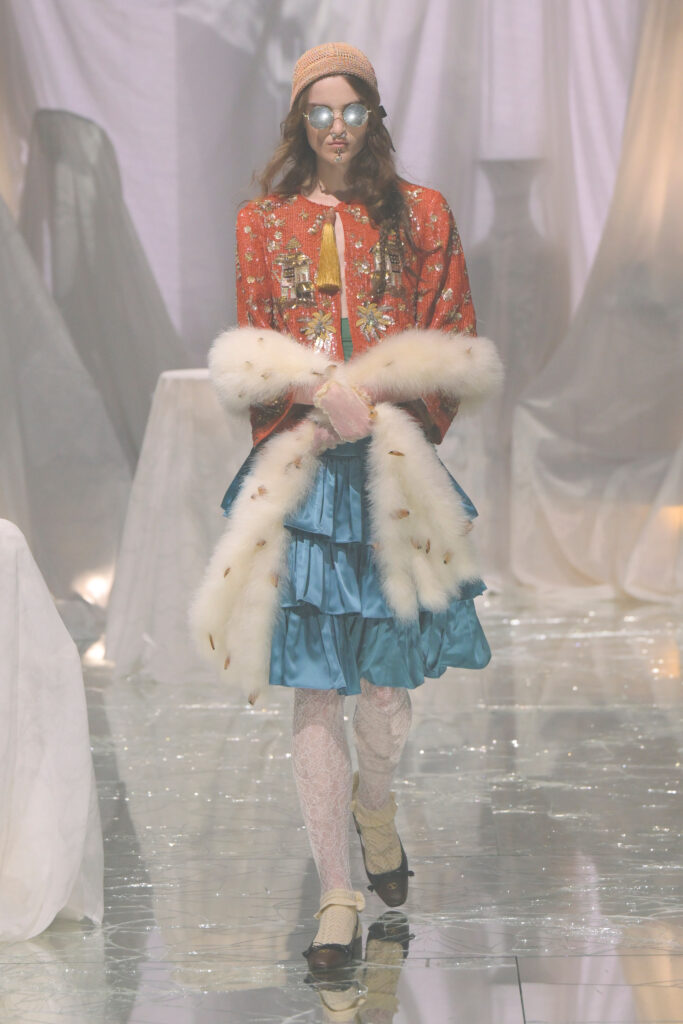
Maybe Michel de Montaigne was right: «There is nothing useless in nature; not even uselessness itself». Especially if we use it to nourish our happiness. We know: when we build beauty, or we spot it in the undifferentiated and chaotic flow of our existences, it feels like being raptured in a state of joy that can tear us away from senselessness. It’s an elusive and incendiary movement that questions our wholeness, acting as a surprising propagator of fullness.
When I say beauty, I am clearly not referring to its universalistic, dogmatic and normative mythologisation. I rather allude to that unique capability to deeply feel and connect with something that unveils and reveals a new universe of meaning: an epiphany in which the connections between us, things and living beings, become immediately visible.
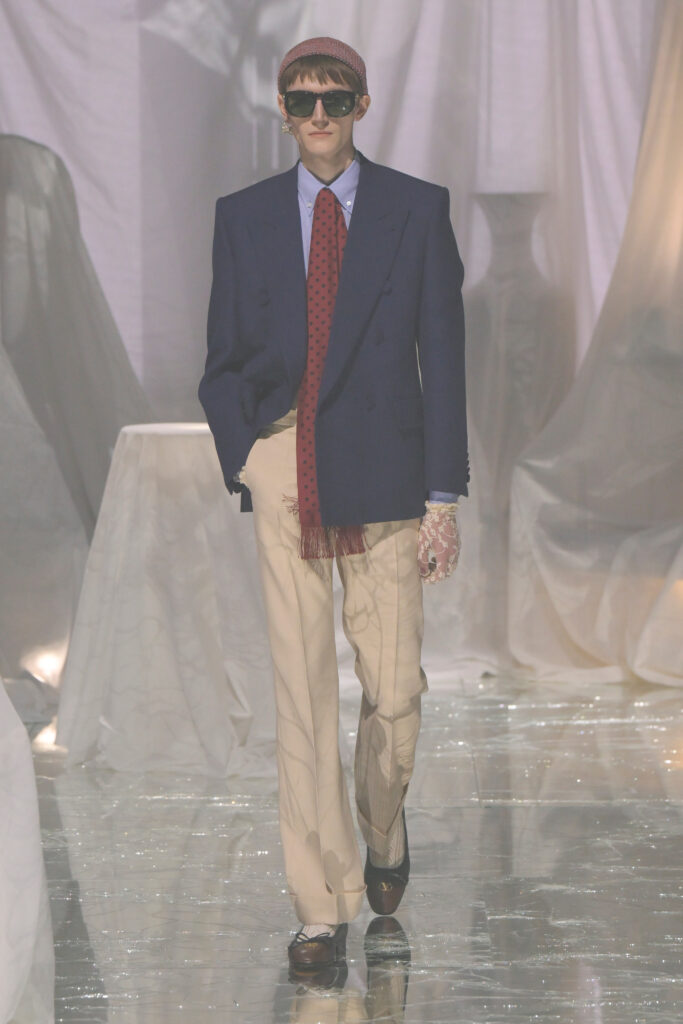
Such way to feel can flare up, unforeseen, when we contemplate a work of art or the enchantment of the cosmos. It’s the unspeakable of a light, the sacredness of a breast full of milk, the magnificence of a finely embroidered dress, the long lingering of soul over flesh, the majesty of the void, the pursuit of fireflies seeking love, the scent of wet soil, the touch of organza ruffles, the miracle of libraries, the delicate layers of a watercolor.
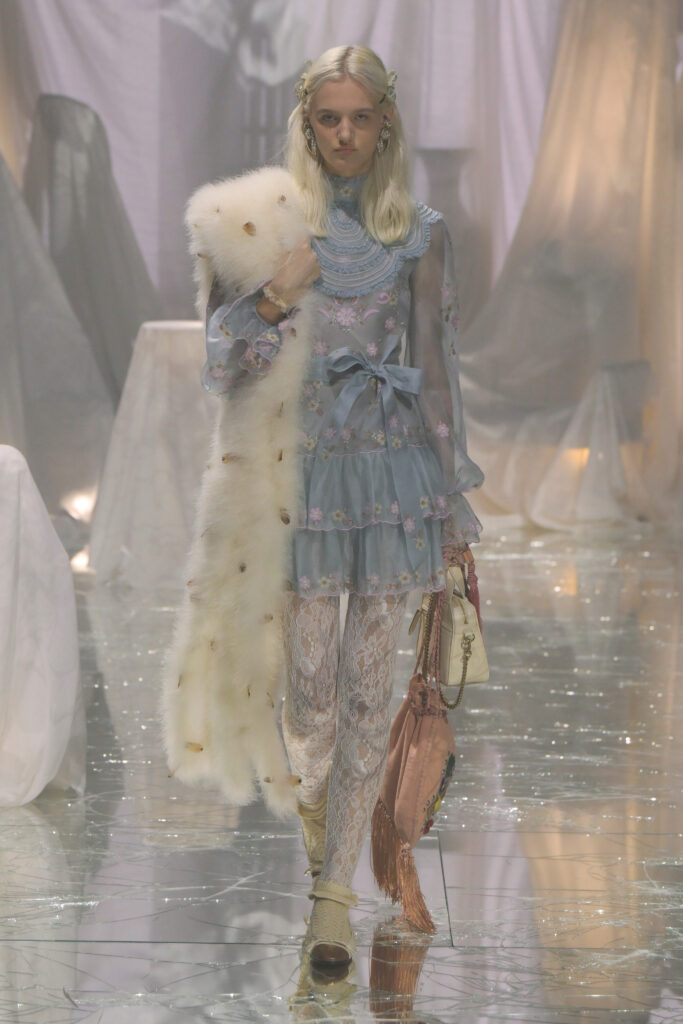
Beauty recalls what Martin Heidegger calls alètheia (ἀλήθεια) namely an unveiling, a revelation. In its astounding irruption, it sets the chest on fire and stirs the ground. Yet, no one can nominate it with precision because, for its own nature, it will always elude the capture of language. Being the ultimate solace of the dreamer, beauty becomes «the power through which one looks at the powerlessness of things» (E. Severino), the irruption of the light that protects us from the grey of senselessness, the magical pharmakon, a balm able to drive us through the abyss of transience. That superfine and precious spider’s web that allows us to float over the void.
Alessandro
